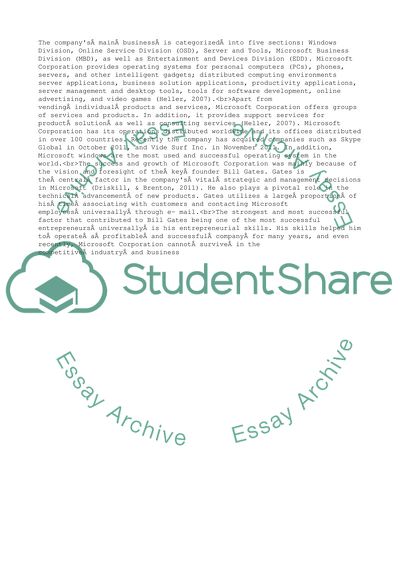Cite this document
(Target's Method of Leadership or Organizational Behavior Research Paper, n.d.)
Target's Method of Leadership or Organizational Behavior Research Paper. https://studentshare.org/management/1766835-targets-method-of-leadership-or-organizational-behavior
Target's Method of Leadership or Organizational Behavior Research Paper. https://studentshare.org/management/1766835-targets-method-of-leadership-or-organizational-behavior
(Target'S Method of Leadership or Organizational Behavior Research Paper)
Target'S Method of Leadership or Organizational Behavior Research Paper. https://studentshare.org/management/1766835-targets-method-of-leadership-or-organizational-behavior.
Target'S Method of Leadership or Organizational Behavior Research Paper. https://studentshare.org/management/1766835-targets-method-of-leadership-or-organizational-behavior.
“Target'S Method of Leadership or Organizational Behavior Research Paper”. https://studentshare.org/management/1766835-targets-method-of-leadership-or-organizational-behavior.


